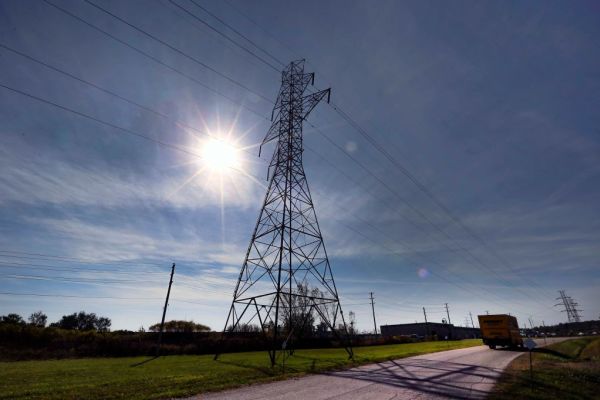
Andrew Francis Wallace | Getty
Hydrolines in the Burlington area, October 19, 2017. Ontario Auditor General Bonnie Lysyk warns Liberals’ 25-per-cent hydro rebate could cost an additional $4B over the next 30 years.
“That will be our differentiator,” said Tan. “Anyone can build a transaction platform.”
Currently, the Singapore-based company is available only to business customers, but says it will roll out to residential consumers from Fall 2018, in line with the liberalization of Singapore’s retail energy market. The company then plans to expand to Japan and Australia, where there are many power-generating households that Tan said will benefit from the sharing model by selling their excess power to other homes.
It’s a model that has investors interested, too: Electrify said it raised $30 million in an initial coin offering in March.
According to industry analyst Mark Hutchinson, that could be a sign of growing demand for energy disruptors. But, as ever, that will likely mean leaving some traditional players behind.
“These new entrants provide both competition and opportunities for collaboration,” Hutchinson, who is vice president of power and renewables consulting at Wood Mackenzie, told CNBC Make It.
“Creative players that can bring competitive advantage may be attractive for collaboration by the big generators, but they will have to take market share from another generator through lower prices, packaged products, etc. We expect increased financial stress on the remaining generators.”
 EU News Digest Latest News & Updates
EU News Digest Latest News & Updates



